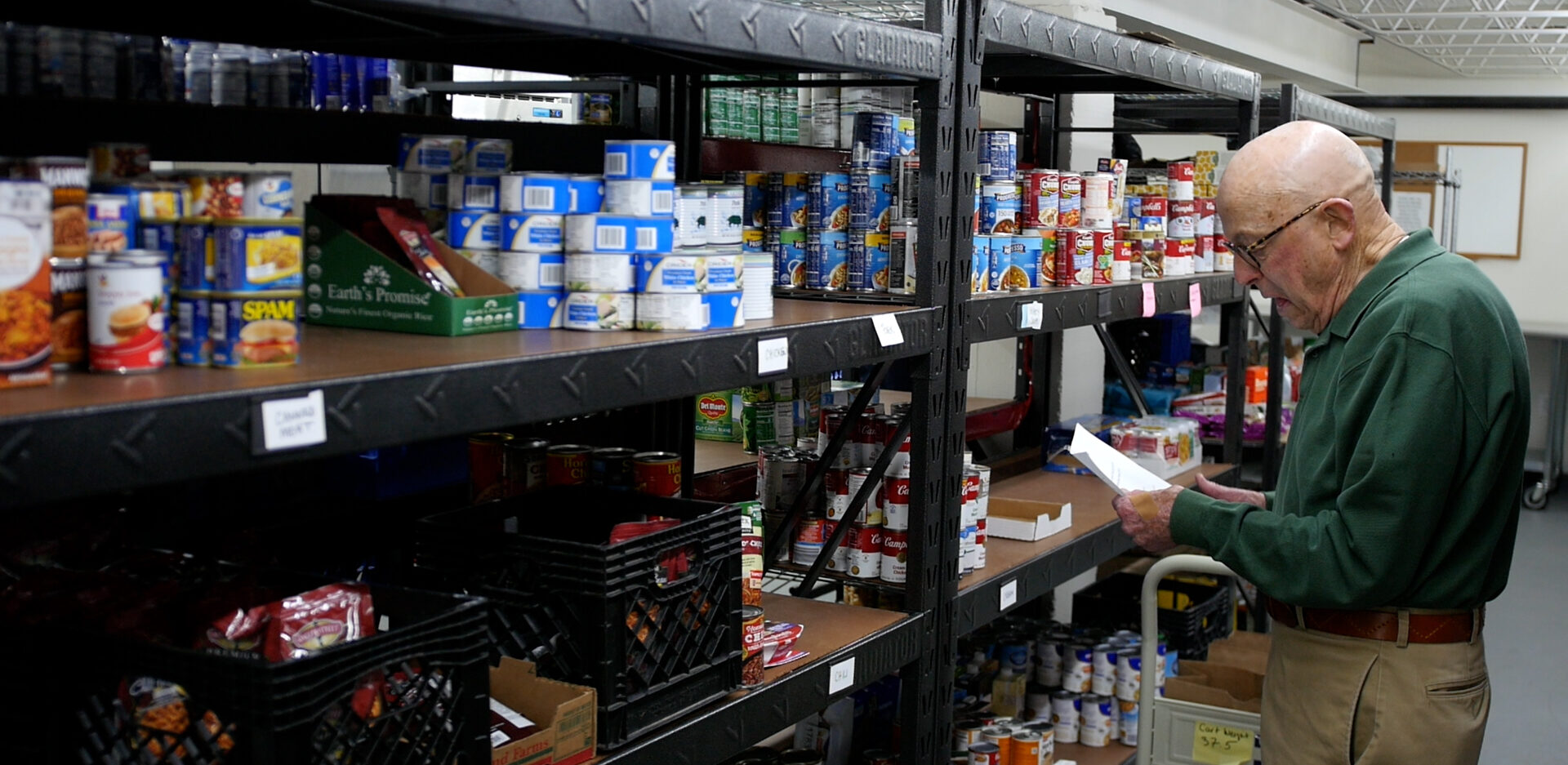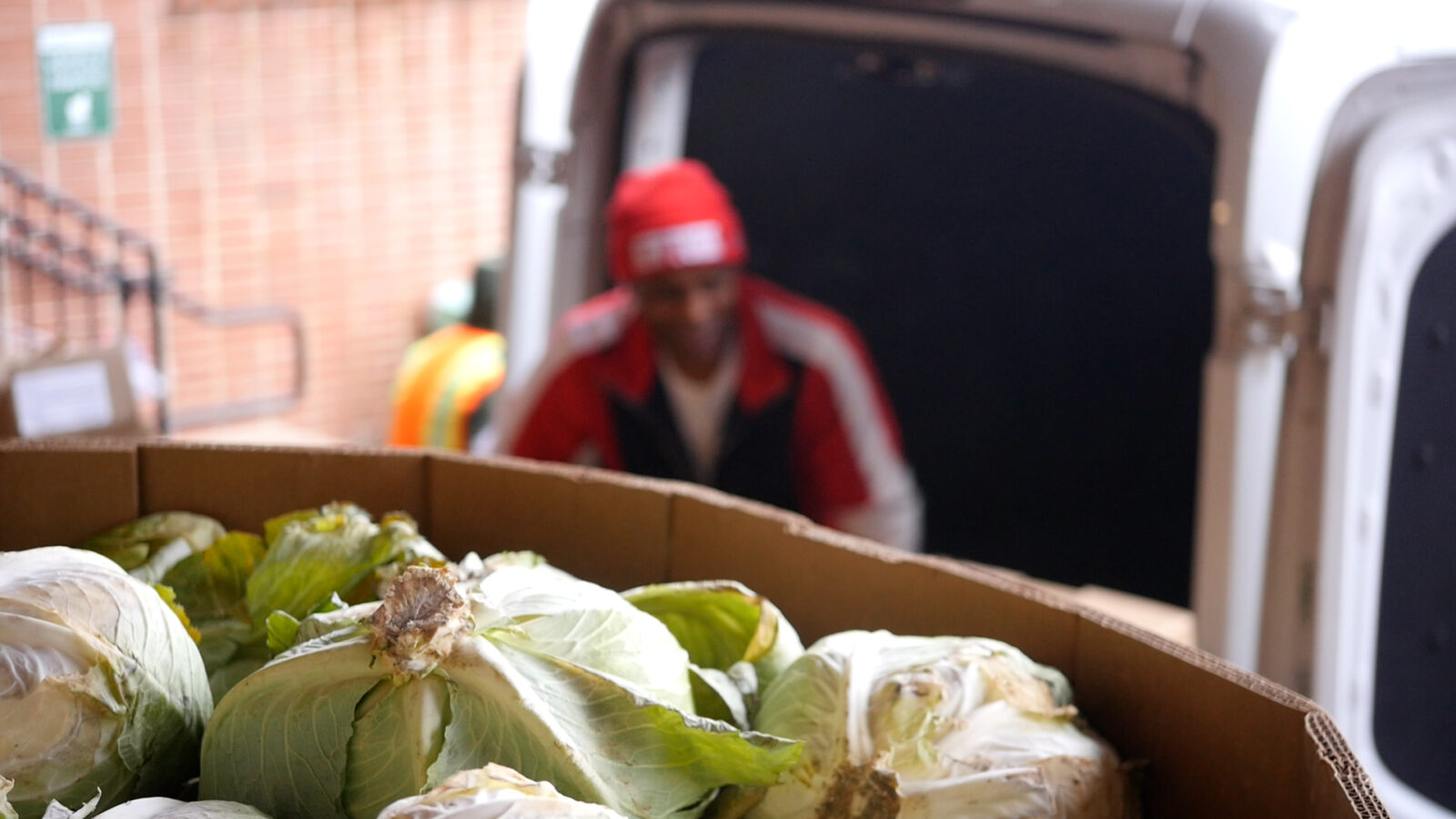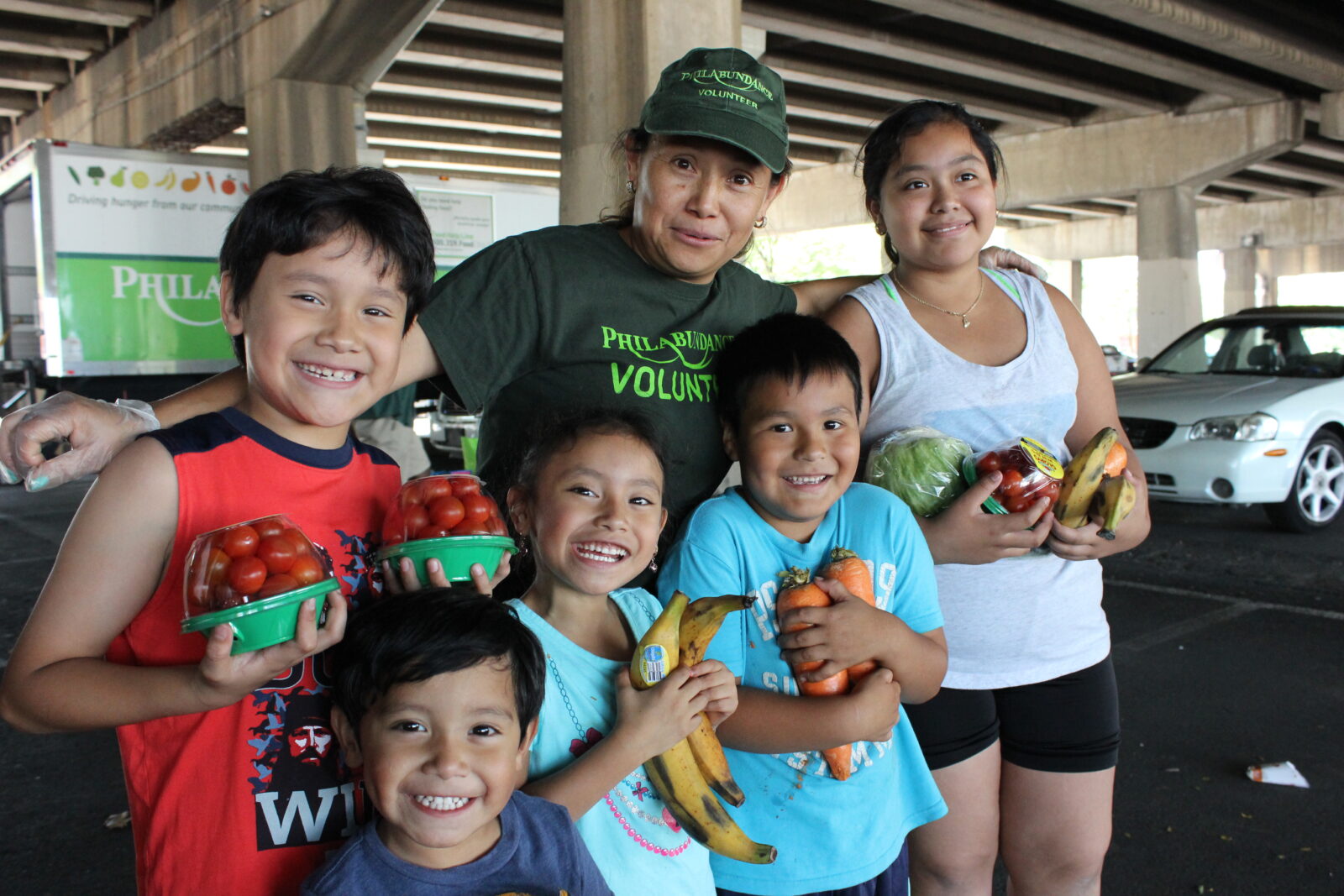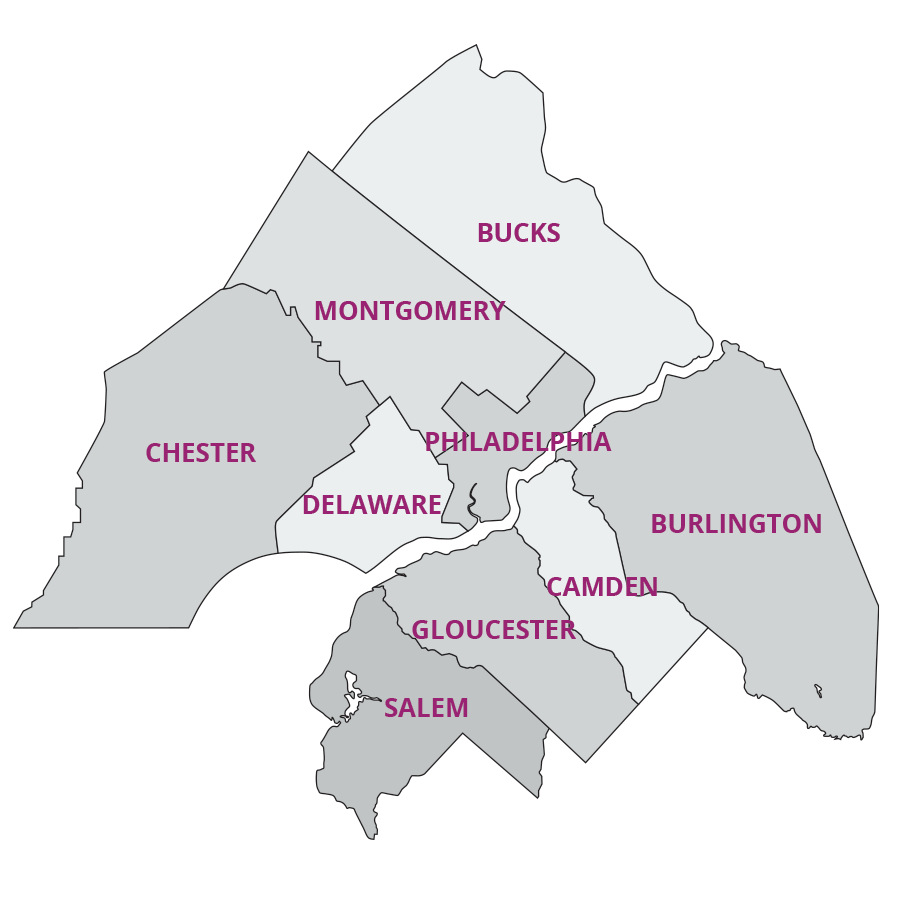
Defined as a lack of access to enough food for a healthy and active life, food insecurity is a pervasive issue that impacts the health and well-being of those who face it. Simply put, it’s when people are not able to afford the food they need. Hunger is a result of being food insecure. Food insecurity exists in every county in the United States.

Food insecurity is a complex issue that stems from poverty and systemic racism. High rates of hunger are directly linked to high rates of poverty. Hunger is an issue of resources and access, worsened by the many existing obstacles people face when trying to establish economic security, like:
Millions of people in America are just one job loss, missed paycheck, or medical emergency away from becoming food insecure. Food insecurity is currently on the rise due to growing cost of living, historic food inflation, and the end of pandemic-era government assistance programs that previously helped people stay afloat.

Hunger is on the rise throughout the United States. In Philabundance’s service area, Feeding America estimates that over 600,000 people (10.8%) experience food insecurity, a third of whom are children. This is 25% higher than the year prior.

Bucks County
Number of Food Insecure 2022: 56,670
Food Insecurity Rate 2022: 8.8%
Philadelphia County
Food Insecure Population 2022: 242,530
Food Insecurity Rate 2022: 15.2%
Chester County
Number of Food Insecure 2022: 43,550
Food Insecurity Rate 2022: 8.1%
Montgomery County
Number of Food Insecure 2022: 73,850
Food Insecurity Rate 2022: 8.6%
Delaware County
Number of Food Insecure 2022: 55,650
Food Insecurity Rate 2022: 9.7%
Burlington County
Number of Food Insecure 2022: 36,610
Food Insecurity Rate 2022: 7.9%
Camden County
Number of Food Insecure 2022: 59,140
Food Insecurity Rate 2022: 11.9%
Gloucester County
Number of Food Insecure 2022: 26,960
Food Insecurity Rate 2022: 8.9%
Salem County
Number of Food Insecure 2022: 7,870
Food Insecurity Rate 2022: 12.1%
For more information on food insecurity, visit Feeding America.
Find food insecurity rates in your community using Map the Meal Gap.
Learn about programs and policies that address food insecurity, and how you can take action to end hunger.